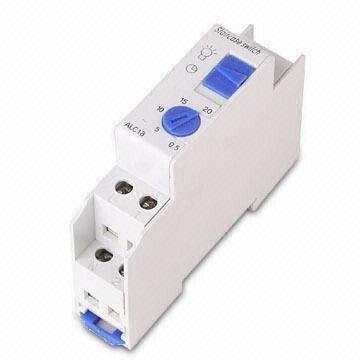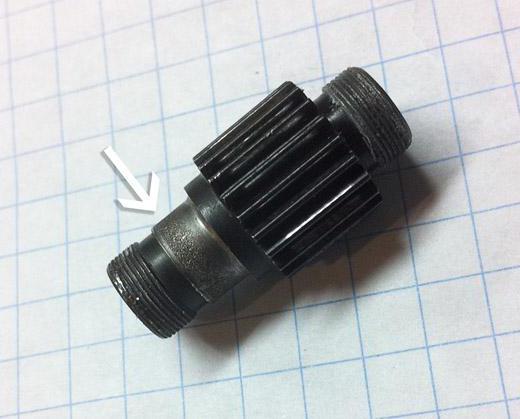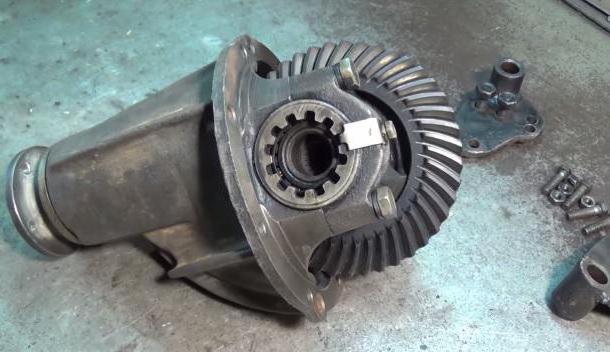Reducer cylindrical: general information and features
Mechanics - this is exactly the science without whichtoday, it is simply inconceivable that the technological progress of mankind is stable. Any machine contains in itself to some extent the mechanisms that ensure its normal functioning. And in many kinematic schemes of these units, a device called a cylindrical reducer is sure to appear.
Definition
Let us examine this in more detailwidespread universal mechanical device. So, the reducer is cylindrical - it's a mechanism consisting of gears, enclosed in a casing and often working in an oil bath. What is meant by the word "cylindrical"? This means that the shafts of the gears are parallel to each other. By the number of gears the mechanism can be single-stage, two-stage, three-stage, etc.
Appointment
Absolutely every reducer is cylindrical in the firstthe queue serves to lower the rotational speed and, correspondingly, increase the torque of the driven shaft in comparison with the drive shaft. In other words, the reducer reduces the angular velocity of the motor shaft.

Advantages
The reducer cylindrical has the following undeniable advantages:
- A sufficiently high coefficient of efficiency.
- The ability to withstand heavy loads and at the same time with virtually zero losses transmit a large distance to a distance.
- The ability to function reliably even with uneven loads, as well as with any number of starts and stops.
- The absence of self-inhibition (in contrast to worm analogs), and therefore there is the possibility to turn the output shaft by hand.
- The highest indicator of reliability.
- Low heat dissipation.
- A wide choice of gear ratios.
Negative qualities
Reducer cylindrical single-stage (as well as multistage) has such disadvantages:
- Increased noise level during operation.
- High rigidity of gears, not allowing to compensate for dynamic loads.
- Absence of reversibility.

Classification
Reducer cylindrical two-stage, single-stage and multistage in the location of the teeth are divided:
- On the spindles.
- Helical teeth.
- Chevron.
- With a circular tooth.
Depending on the profile of the teeth, the reducers can be involute with Novikov gearing and cycloidal ones.
By the circumferential speed, the differentiation will be as follows:
- Low-speed (the circumferential speed does not exceed 3 m / s).
- Medium speed (the circumferential speed is in the range of 3 to 15 m / s).
- Speed (the value of the circumferential speed is from 15 to 40 m / s).
- High-speed (speed over 40 m / s).
Device
The cylindrical gearbox, the drawing of which is shown below, in the general configuration consists of:
- Shells.
- Valov.
- Bearings.
- Lubrication systems.
In mechanics, the gear wheel, which has a smaller number of teeth, is called a pinion, and with a large number of teeth - a wheel.

Installation
The reducer cylindrical single-stage and multistage has the same principle of installation, which consists in observing several rules, namely:
- The underlying surface for the gear unit must be as level as possible to avoid the possibility of skewing.
- It is absolutely necessary to reconcile the mounted couplings in order to minimize the radial forces at the ends of the shafts.
- It is strictly forbidden to hit the ends of the shafts, as this can lead to premature failure of the rolling bearings.
- Tighten fastening bolts evenly to eliminate the possibility of loosening the gearbox during its subsequent operation.

Commissioning rules
The reducer is a cylindrical two-stage, as, indeed, any other reducer, should start its work on the basis of such requirements:
- The ends of the shafts are cleaned from corrosion or dirt.
- Unscrew the oil drain screw and determine the absence / presence of condensate.
- Pour oil into the crankcase througha fine-mesh filter in order to exclude the possibility of abrasive particles falling into the interior of the reducer. The temperature of this oil should not be below 20 degrees Celsius.
- It is also advisable to turn the shafts by hand and listen to the work of the gearing.
The main parameters that should be used when choosing a cylindrical gearbox are its gear ratio and the interaxial distance.
Cylindrical two-stage reducer -The most common version of reducers used today (about 65%). The gear ratios of these mechanisms range from 8 to 40. In those cases where there is an urgent need to improve the operation of a loaded low-speed stage, reducers with a high-speed stage of bifurcated type are used.







